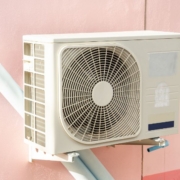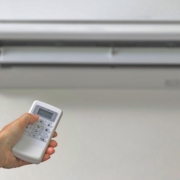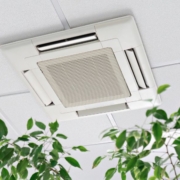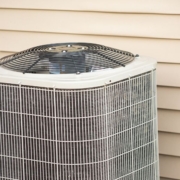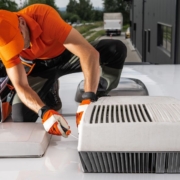How Many Amps Does a Window AC Use
Understanding the electrical requirements of a window air conditioner (AC) is essential for safe operation and proper installation. The amperage rating determines the current drawn from the circuit, which affects breaker sizing, wiring, and overall safety. Knowing how many amps a window AC uses helps homeowners avoid tripped breakers, overheating wires, and electrical hazards.
Factors Affecting Amperage
The amperage drawn by a window AC depends on several factors. Cooling capacity, measured in BTUs (British Thermal Units), directly influences current. Small units, such as 5,000–6,000 BTU models, typically use 4–6 amps. Larger units, ranging from 10,000–12,000 BTU, can draw 10–12 amps or more.
The energy efficiency rating, or EER, also affects current draw. High-efficiency models use less electricity for the same cooling output. Older units or models with lower efficiency may draw higher amperage for equivalent cooling.
Voltage is another factor. Most residential window AC units operate on 120 volts, but some larger units require 220–240 volts. Amperage will vary depending on the voltage supply and unit specifications. Electrical codes and manufacturer guidelines should always be followed.
How to Determine Amps
Amps can be found on the manufacturer’s nameplate or user manual. The label lists voltage, wattage, and sometimes amperage. For units that provide wattage but not amps, amperage can be calculated using the formula:
Amps = Watts ÷ Volts
For example, a 1,200-watt AC operating at 120 volts draws 10 amps (1,200 ÷ 120 = 10). This calculation helps verify that the circuit can handle the load.
Using a clamp meter is another method for measuring current draw directly. This tool measures the amperage while the unit is running, providing real-time data. It is useful for checking older units or confirming manufacturer specifications.
Circuit Requirements
Window AC units require a dedicated circuit to prevent overload. Small units under 8 amps can operate safely on a standard 15-amp household circuit. Units drawing 10–12 amps may require a 20-amp breaker to handle startup surges.
Wiring should match the amperage requirements. Standard 14-gauge wire is suitable for 15-amp circuits, while 12-gauge wire is required for 20-amp circuits. Proper wiring reduces the risk of overheating and fire hazards.
Common Issues Related to Amperage
Incorrect amperage can cause several problems. If the AC draws more current than the circuit rating, breakers may trip frequently. Low-voltage situations can reduce cooling performance and damage the compressor.
High amperage can also indicate mechanical or electrical issues, such as a failing motor, dirty coils, or blocked airflow. Regular maintenance, including cleaning filters and coils, helps maintain proper current draw and efficiency.
Tips for Safe Operation
Always check the nameplate for voltage and amperage specifications before installation. Ensure the circuit can handle both continuous and startup current. Avoid using extension cords, as they may not support the required amperage and can overheat.
Install the unit on a properly grounded outlet to prevent electrical hazards. Monitor breaker performance and replace worn or outdated wiring. If the AC trips the breaker repeatedly, inspect the system for mechanical issues or consult a licensed electrician.
FAQ
Do all window AC units use the same amps?
No. Amperage varies with BTU size, efficiency, and voltage. Small units may use 4–6 amps, while larger units can draw 10–12 amps or more.
Can I plug a large window AC into a standard outlet?
Only if the outlet and circuit can handle the unit’s amperage, typically up to 12 amps for 120-volt circuits. Larger units may require a 20-amp breaker or 220-volt supply.
What happens if the AC draws too many amps?
The circuit breaker may trip, wiring can overheat, and electrical components may be damaged, posing a safety risk.
How can I measure my AC’s amps?
Use a clamp meter on the power cord or consult the manufacturer’s nameplate. Amps can also be calculated by dividing wattage by voltage.
Does higher efficiency reduce amperage?
Yes. High-efficiency models often draw less current while providing the same cooling output, reducing energy consumption and strain on the circuit.
Conclusion
The amperage usage of a window AC varies based on cooling capacity, efficiency, and voltage. Small units typically draw 4–6 amps, while larger units can reach 10–12 amps or more. Correct amperage ensures safe operation, proper circuit sizing, and prevents electrical hazards. Checking the manufacturer’s specifications, using a clamp meter, and providing dedicated circuits with appropriate wiring are essential for reliable performance. Maintaining clean filters, clear airflow, and routine inspections helps keep current draw within safe limits, protecting both the AC and household electrical system. Understanding how many amps a window AC uses ensures efficient and safe cooling for your home.


